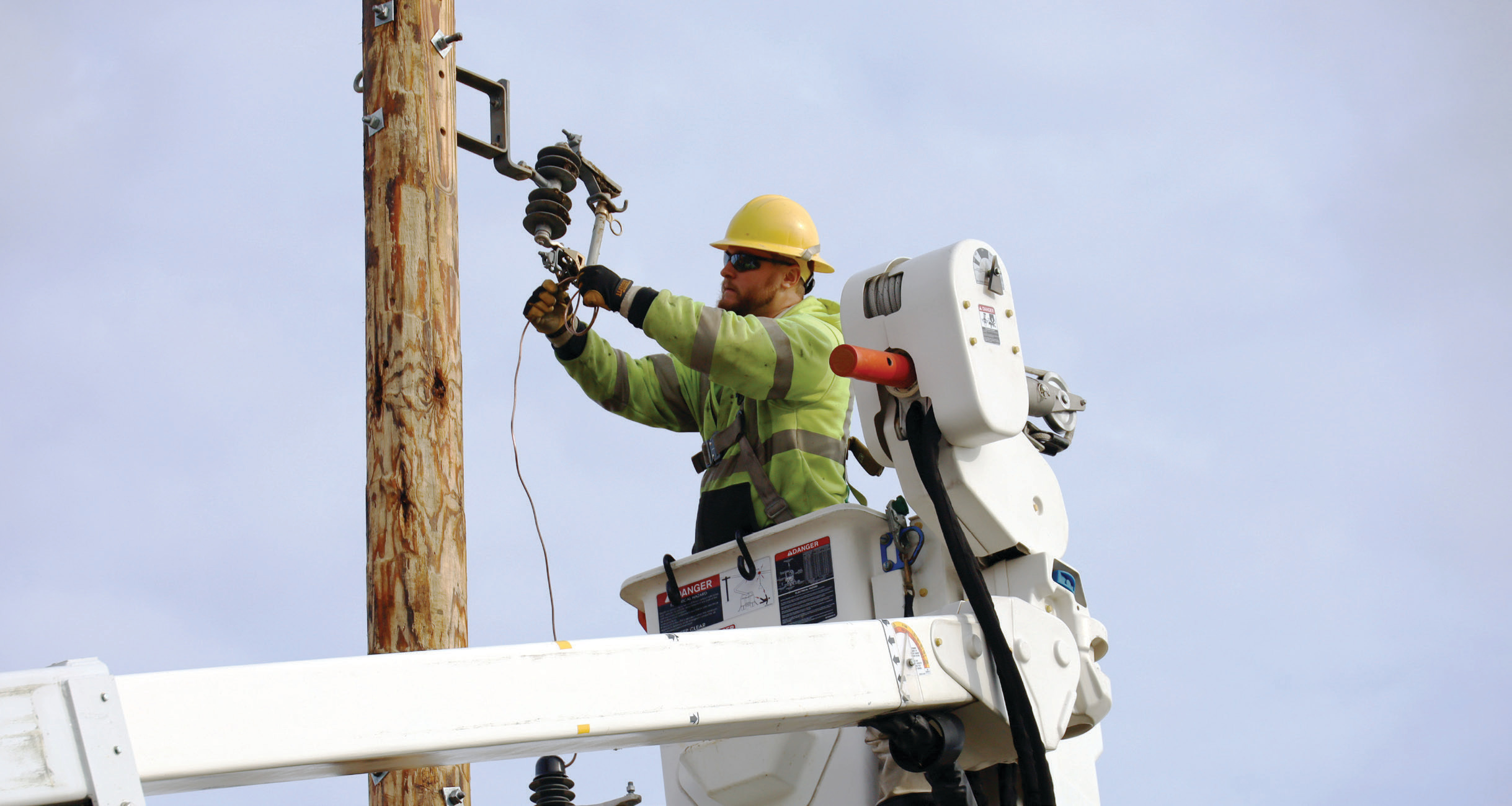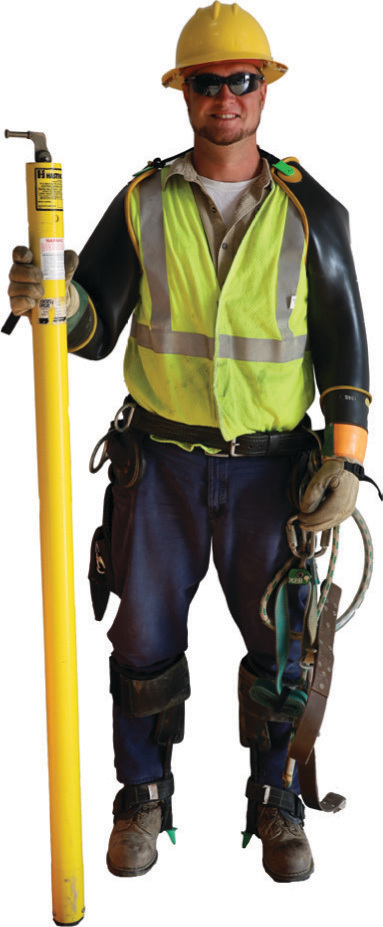
You probably don’t think about them until your power goes out, but electric lineworkers protect our homes and communities 24 hours a day. Like other first responders who keep us safe, lineworkers endure all kinds of weather and challenging conditions.
In April, we celebrate Lineworker Appreciation Day to honor the men and women who power life. Here are some quick facts about lineworkers and the work they do.
LINEWORKER HISTORY
Lineworkers first appeared during the rush to spread telegraph service across the U.S. in the 1930s, stringing wires between trees and other natural objects. It didn’t take long for everyone to realize tall poles were safer and more practical.
WHAT ELECTRIC LINEWORKERS DO
Restoring electricity after a power outage is just one of the many duties of lineworkers, who also:
- Install and connect new power lines to service homes and businesses
- Maintain and perform upgrades to improve our electric grid
- Diagnose and pinpoint power delivery issues
- Plan and manage large-scale projects
- Ensure safe work practices in often challenging conditions
Lineworkers are responsible for maintaining and upgrading the nation’s electric grid, which connects power plants to millions of consumers through hundreds of thousands of miles of high-voltage lines, distribution lines, and transformers.
Did you know? Our lineworkers update our system and trigger text alerts or emails, providing real-time updates for members who have a SmartHub account and are enrolled in outage notifications.

GEARED FOR SAFETY
Here’s what lineworkers typically wear to stay safe while working:
- Hard hats and safety glasses
- Flame-resistant clothing
- Arc flash protective clothes
- Rubber gloves and sleeves
- Fall-protection harnesses and belts
- Rubber boots
ON-THE-JOB TRAINING
Described by the Energy Department as one of the nation’s highest-paid professions that doesn’t demand postsecondary education, becoming a journeyman lineworker typically requires a high school diploma or equivalent, and paid on-the-job training. Our apprentices train for four years at our renowned Central Ohio Lineworkers Training (COLT) facility.



